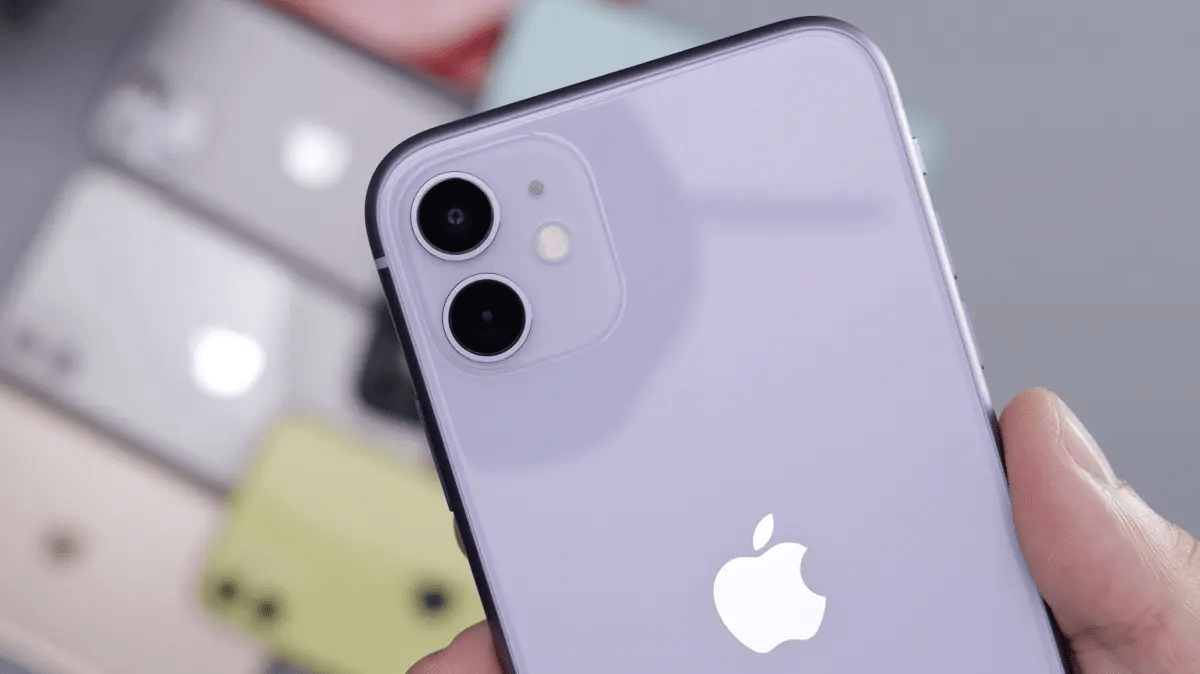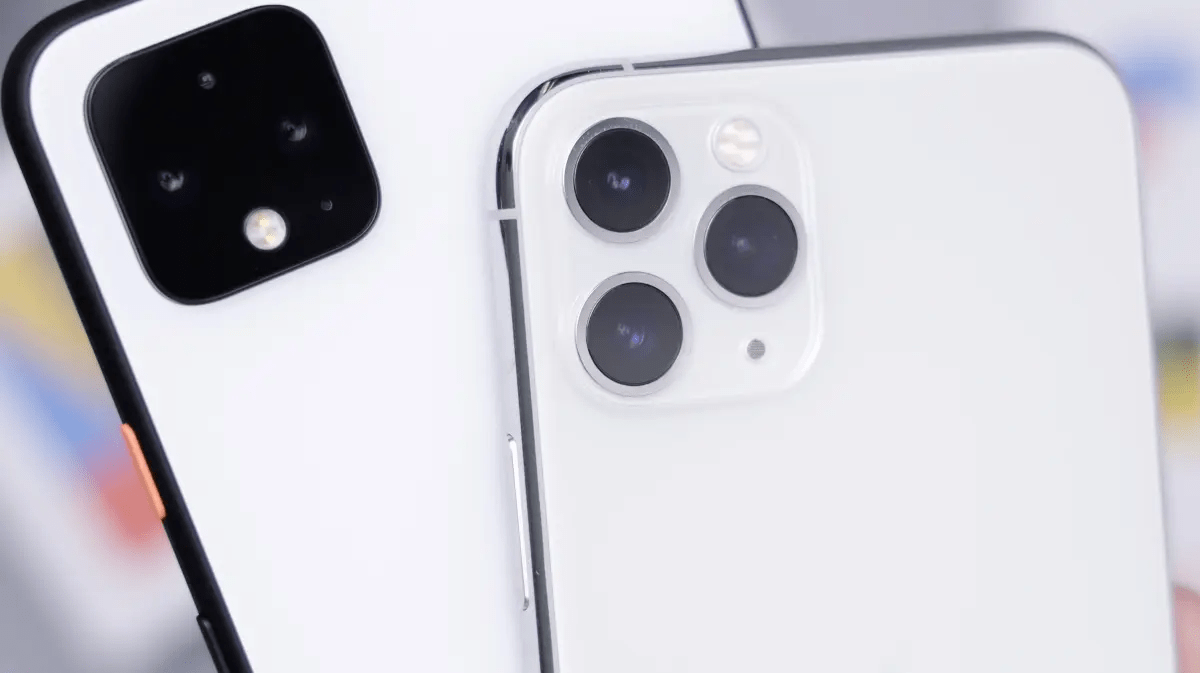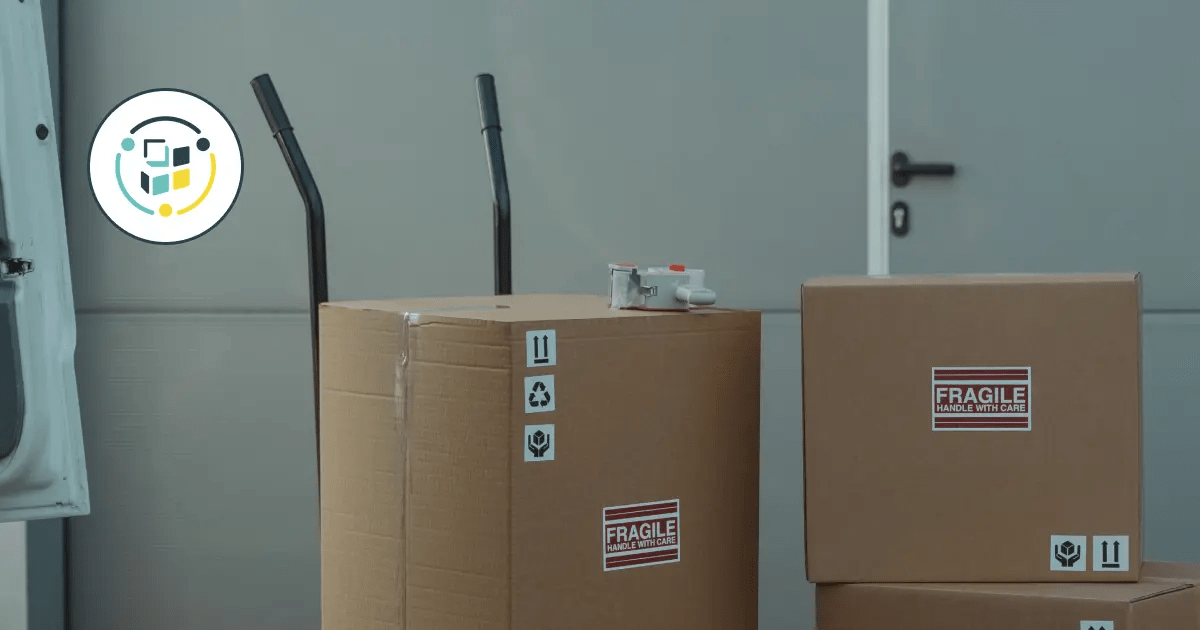To keep the product in the state you want it to be, it is important to understand how the refurbished phone grading systems work. In this article, we will tell you what grading systems exist and what problems this entails. We'll also take a look at how our unique grading system works.
Every business that deals with used devices has to cosmetically grade their stock. A phone’s condition may differ depending on the tech who grades it. It’s pretty common as every time a phone gets sold or bought it has to be graded again.
Refurbished phone grades
A refurbished grade is a grade that defines the quality of a refurbished product or device. Refurbished products are classified based on the main factor: How many cosmetic imperfections do they have (for example, scratches, scuffs, and other marks)?
The standard grading system for refurbished devices ranges from Level A to Level D, with Level A giving the best quality and Class D being the lowest quality refurbished device. Let's delve deeper into the definitions of each of these estimates.
Refurbished grades A, B, C and D are the most commonly used ways that refurbisher retailers tell you about the quality of their products. But not all retailers use this lettered grading system.
Grading system standard
Since there is no standard for grades, most businesses use their own scale. Amount, names, and definitions may differ, but commonly they are based on these 4 grades:
A - almost pristine condition, most of the time looks good-as-new, highest quality in terms of looks.
B - may have some scratches but still looks pretty good.
C - have scratches and cracks, looks worn out.
D - looks quite bad, has tons of scratches, cracks, and scruffs.
These 4 grades serve as the basis for most of the grading systems. Often you can see grades like A+ or B- which will be a more detailed grade based on 4 main ones. Some businesses don’t even use A, B, C, D for grading and replace them with something like a 1 to 10 scale, but more or less they serve the same purpose.

Problems with manual grading
Since the grading system may differ from business to business there can be some misconceptions about the real condition of the stock, even the process of grading may differ. Some businesses determine the grade simply by examining it, some use strict rules measuring the size and number of scratches or other defects.
This may lead to several problems:
- Blurred understanding of grades, without any standard there may be a minuscule difference between one grade and another.
- Human error and the subjectivity of the grading process. Every employee may determine the condition of the mobile device differently.
- Since there is no particular standard, training workers to grade cell phones correctly may take some time. Even then it doesn’t guarantee that grade will be determined correctly.
- There is no reliability and consistency of the grading results. Even the same employee may grade the same device differently.
- Since grading affects price, any mistakes could cost the business profit or reputation.
How can AI solve the problem?
The solution for eliminating most of the problems may be laying in the technology of the future that is already available to you. Machine learning has already proved itself as a reliable and fast solution for dealing with everything involving human error. With good enough training, you can leave any problem like that to AI.
The machine won’t be tired, distracted, or not experienced enough to provide you with consistent and reliable results. It won’t care if this is an Apple’s iPhone or an Android device, it will give you the grade that will be relevant to the current condition of the phone.
That’s why we created our own AI-based solution to help everyone dealing with used devices. Everything you need to start grading is a mobile phone with a good enough camera and the app installed.
Request a demo to get early access to this solution today.






